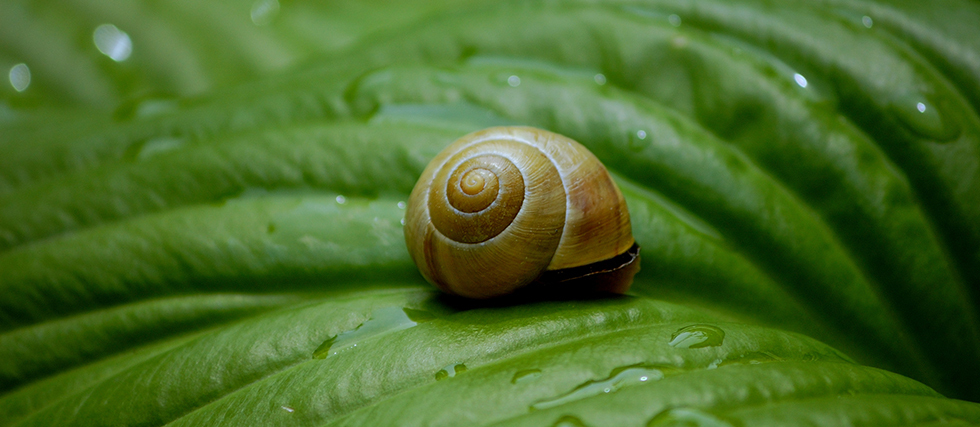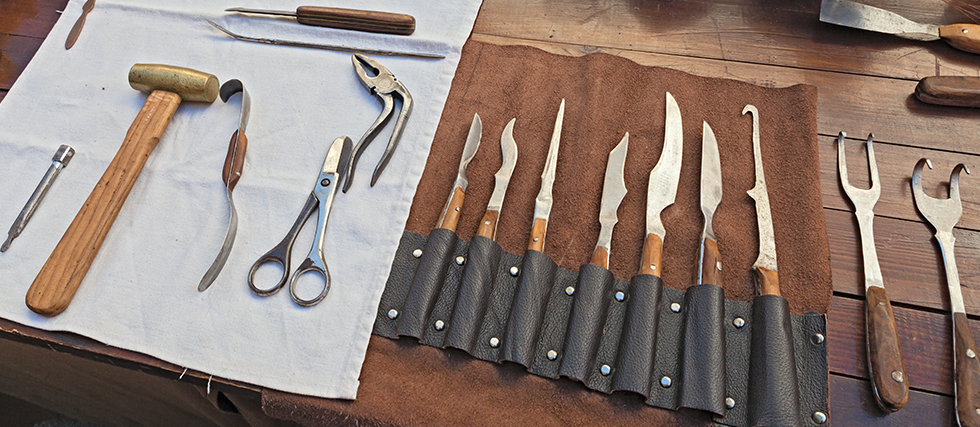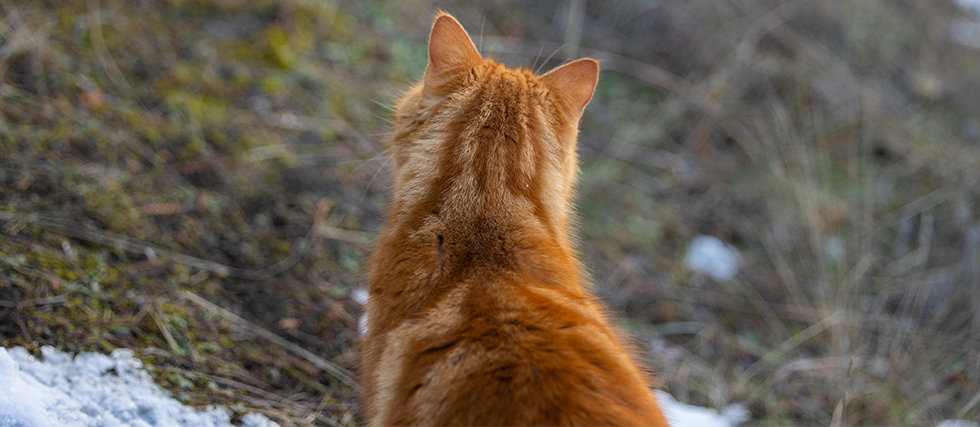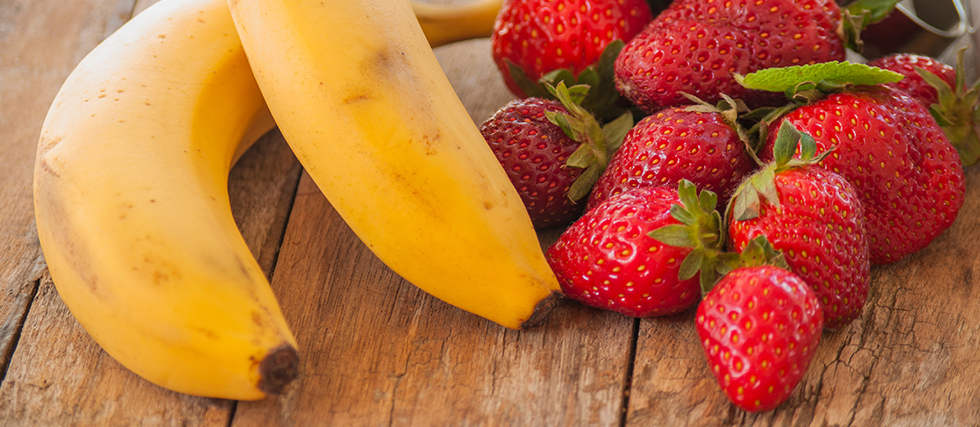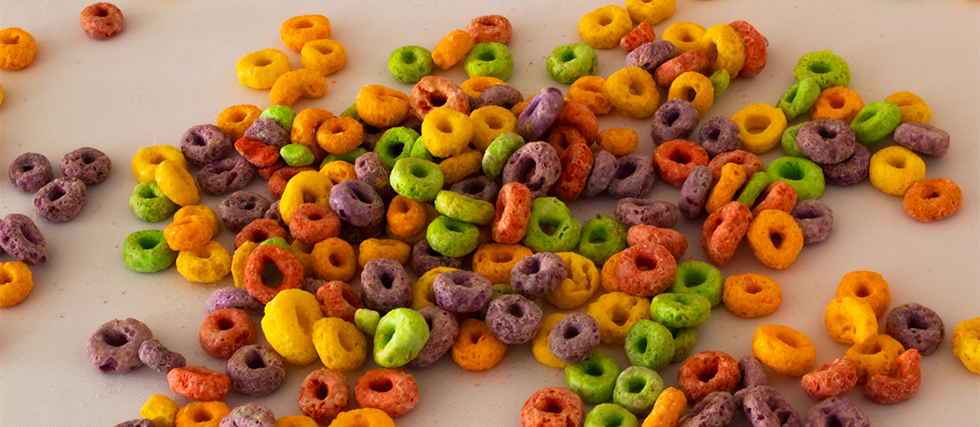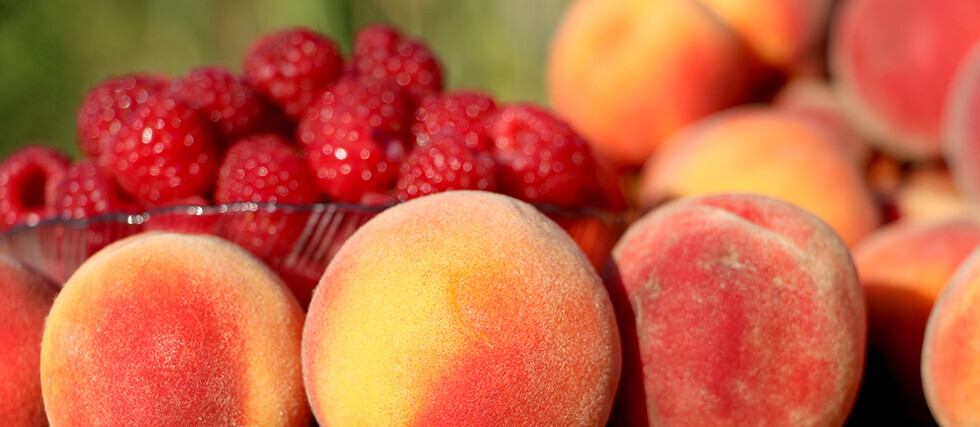Famed hamburger chain McDonald’s has a widespread global presence, but the Big Mac is not available in all countries or regions. For example, there are no McDonald’s restaurants in countries like Afghanistan, Bhutan, or North Korea, and there are some smaller territories or remote areas where McDonald’s does not have outlets. In terms of continents, McDonald’s is present on every continent except Antarctica.
As of 2023, McDonald’s has sold over 400 billion hamburgers since the company first opened its doors in 1955. The iconic slogan “Over 400 billion served” has been part of McDonald’s branding for many years, signifying their massive global reach and success in serving millions of customers daily. The exact number is always growing, as McDonald’s continues to sell millions of hamburgers each day across its many locations worldwide.
The United States has the most McDonald’s locations, with over 13,000 restaurants, making it by far the largest market for the brand. As of the latest available data, here are the top 10 countries with the most McDonald’s locations:
- United States – Over 13,000 locations
- Japan – Around 3,000 locations
- China – Over 3,500 locations
- Germany – Around 1,500 locations
- France – Over 1,400 locations
- Canada – Around 1,400 locations
- Brazil – Over 1,000 locations
- United Kingdom – Over 1,300 locations
- Russia – Over 600 locations (prior to 2022, before McDonald’s pulled out due to political tensions)
- Australia – Around 1,000 locations
McDonald’s has tailored its Big Mac to local tastes and preferences in various countries, creating culturally altered versions of the classic burger. Here are a few examples:
McAloo Tikki: In India, where beef is not widely consumed due to cultural and religious reasons, the Big Mac is replaced with a vegetarian option. The McAloo Tikki burger features a spiced potato patty, instead of the traditional beef patties, and is served with an array of local sauces.
Teriyaki Mac: In Japan, the Big Mac is adapted to suit local flavors by adding a sweet and savory teriyaki sauce to the burger. The Teriyaki Mac features a grilled chicken patty or beef patty with the teriyaki glaze.
The “Big Mac with Beetroot”: In some regions of Australia, the Big Mac comes with a slice of beetroot, a popular ingredient in Australian cuisine. The beetroot adds a unique flavor and texture to the traditional Big Mac.
McMolletes Big Mac: In Mexico, McDonald’s introduced the “McMolletes,” a breakfast option that includes a Big Mac bun topped with refried beans, cheese, and salsa, giving it a more distinctly Mexican twist.
Bulgogi Burger: South Korea’s version of the Big Mac features bulgogi, a popular Korean marinated beef dish. The Bulgogi Burger combines the Big Mac’s structure with the unique flavors of Korean barbecue.
McArabia: In some Middle Eastern countries, McDonald’s offers the McArabia, a flatbread wrap instead of the traditional Big Mac bun. It features grilled chicken or beef patties with local seasonings, providing a more culturally familiar taste.


